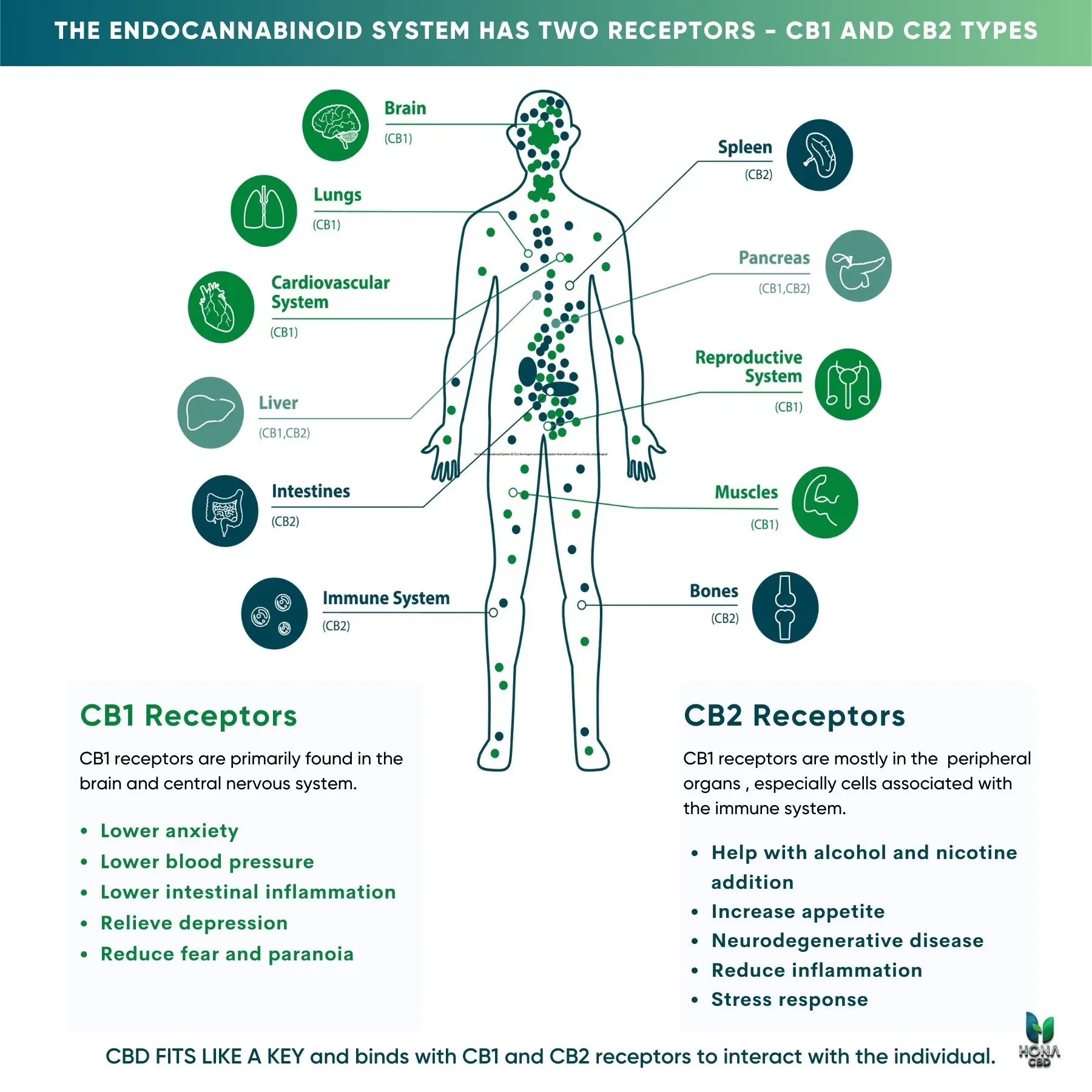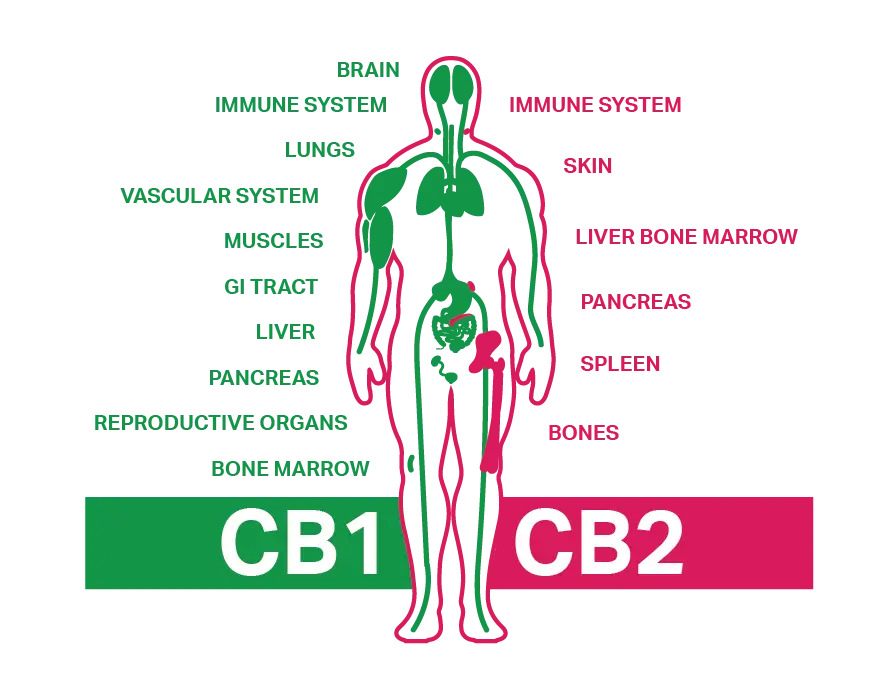
How HONA CBD Gummies, Tinctures, and Rubs Can Enhance Your 4th of July
Get ready for a relaxing and joyful 4th of July with Hona CBD! From our Broad Spectrum CBD Fruit Gummies to our Intensive CBD Relief Rub with Emu Oil, discover how our products can help you manage stress, boost energy, and recover from the festivities. Plan ahead with our special holiday discount and make this Independence Day unforgettable.









